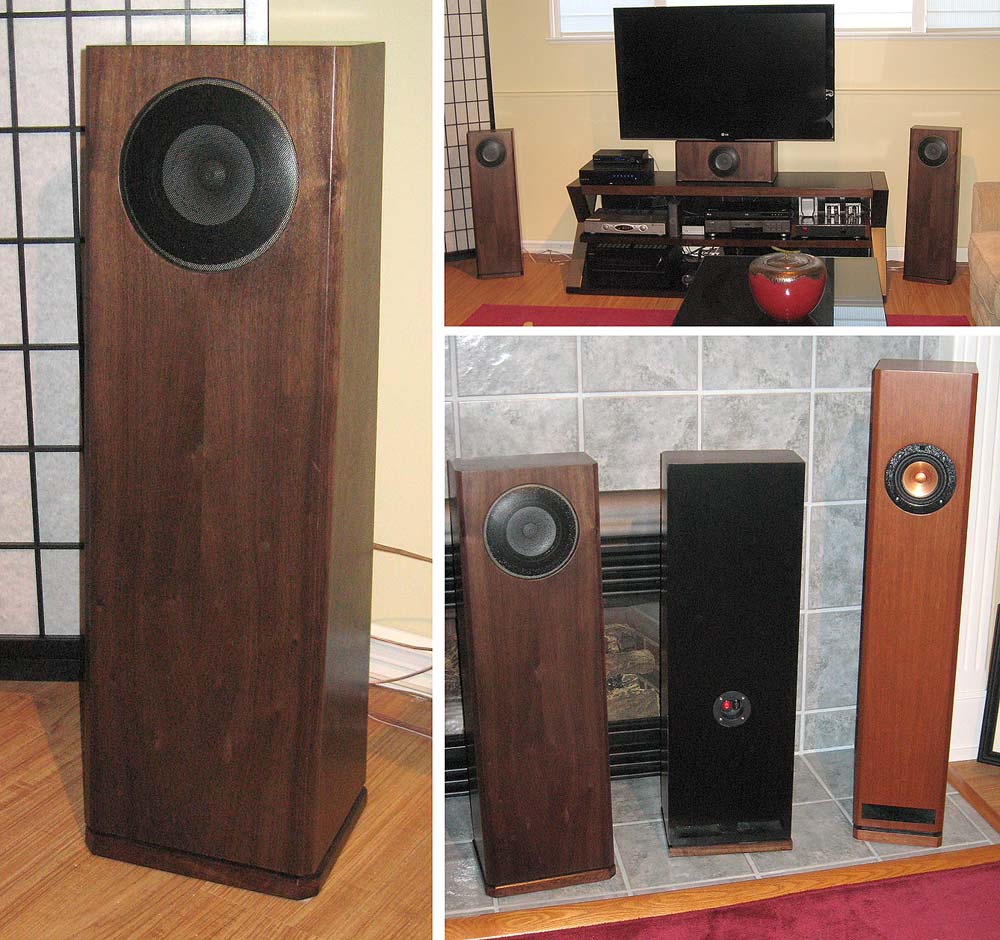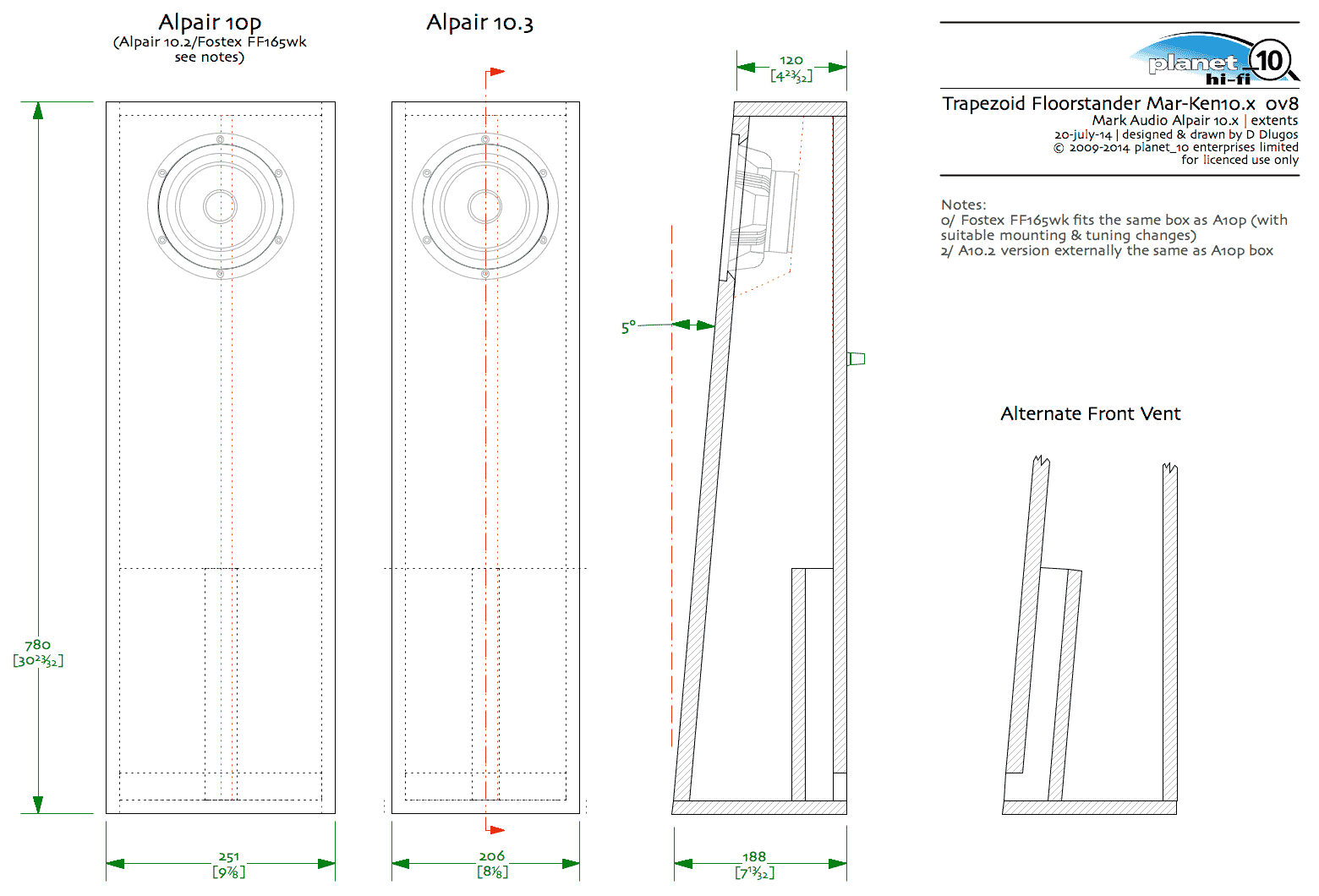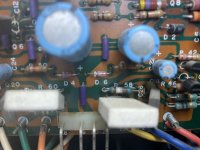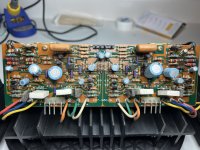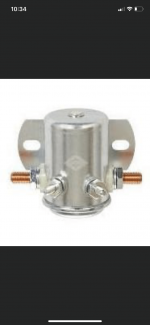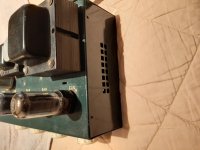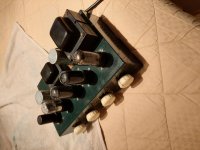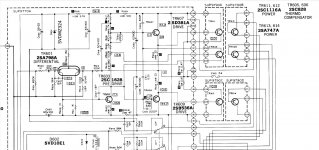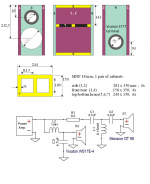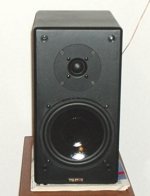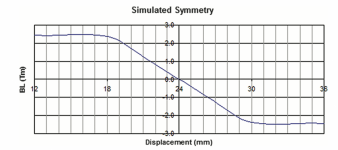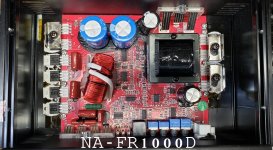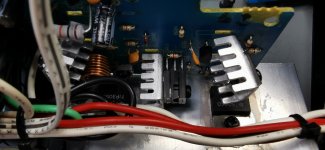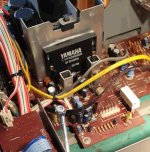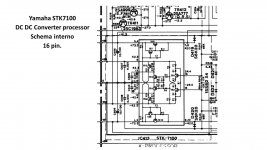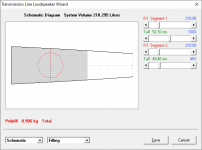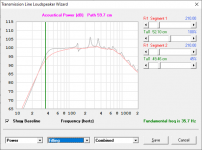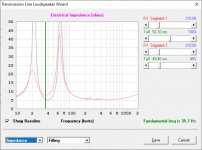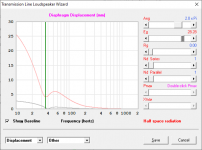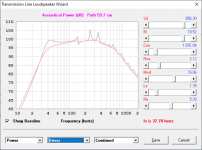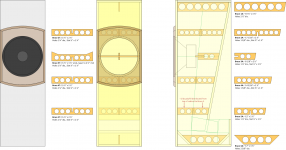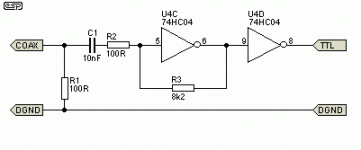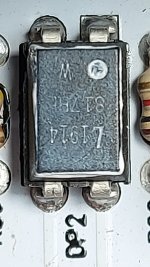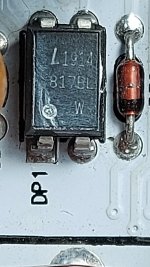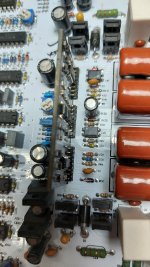I recently posted up a request for good sources of OCC wire to make some nice DIY cables of all sorts. I'm still waiting on the materials to make the cables, but I was wondering what the community here thinks about the possibility of higher-purity single-crystal wire having better signal transmission properties than the same gauge of wire made up of many grains?
Here's the theory as I understand it (copied and pasted from my forum posting asking for sources of OCC wire):
Everything made of atoms has a structure to it. In metals, this structure is crystalline below specific temperatures (when they are solid), which occurs at a different temperature for each metal. Take a look at some of these microstructures of the crystals that make up metals:
And wherever the crystal structures (or "grains") meet within the material, you have microscopic "
grain boundaries," like this:
When electricity travels through material, it has an easier time (less resistance) flowing across fewer grain boundaries. Electricity obviously jumps gaps, either at the atomic level, or at the macro level like how electric current can literally jump across the air from a door handle to your fingertips when you have enough of an charge-differential between yourself and the door handle, say after your feet have exchanged enough electrons with a wool rug.
Check out this primer on the flow of electrons to create electric current >>
The organization of the crystalline structure of a metal wire is dependent upon the purity of the material used, and more importantly the manufacturing process of the wire itself. By using casting techniques at controlled temperatures, it is possible to create metal materials which are organized as one continuous crystal structure as opposed to a fractured assembly of crystal structures, with far fewer grain boundaries. One guy who did this is Dr. Ohno (queue that awful TikTok song) who patented the "Ohno Continuous Casting" process (OCC).
Here are microphotographs of the crystal structure in OFC (oxygen free copper) vs OCC copper for illustration:
So far these are
well-settled scientific facts, not audio theory.
The
theory is that by allowing the modulating voltage of the signal to move more continuously along a single crystal structure, unimpeded by the normal breakages you'd find in the many-crystal formation of the regular metal material, you will get a smoother signal.
I have heard the argument that resistance is resistance, and that's how wire should be measured. That feels a bit like comparing 90 mph in a Ford Taurus vs 90 mph in a Porsche 911. The speed gun shows 90 mph on either one, right? But your experience of traveling that same speed in a vehicle designed for high speed will result in a smoother ride. The comparison here refers to the
musicality of a cable. Maybe resistance isn't
just resistance, and maybe there are other factors involved which do affect the end result that reaches our ears, which we are more sensitive to, and which don't have discrete measurements.
It would be cool if everyone could stay respectful in this, sticking to your own opinion without judging others' opinions. I'm just wondering what everyone's take is on this.
So...can a single continuous crystal structure of metal material help audio signal transmission? Would single-crystal metal make no difference whatsoever? What do you think?
